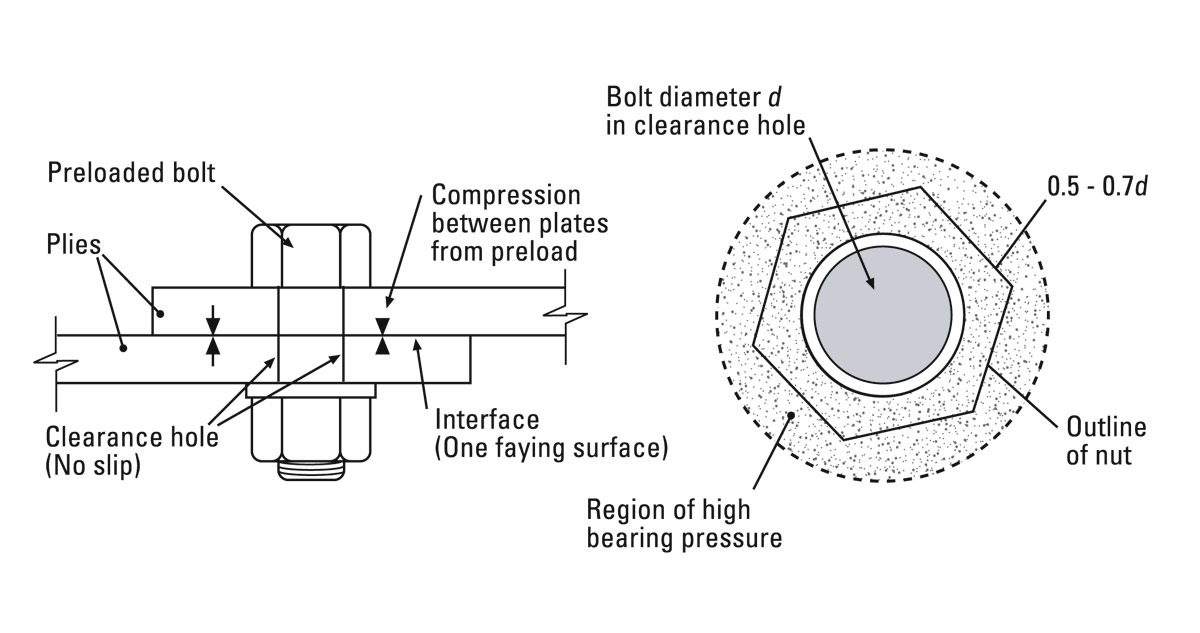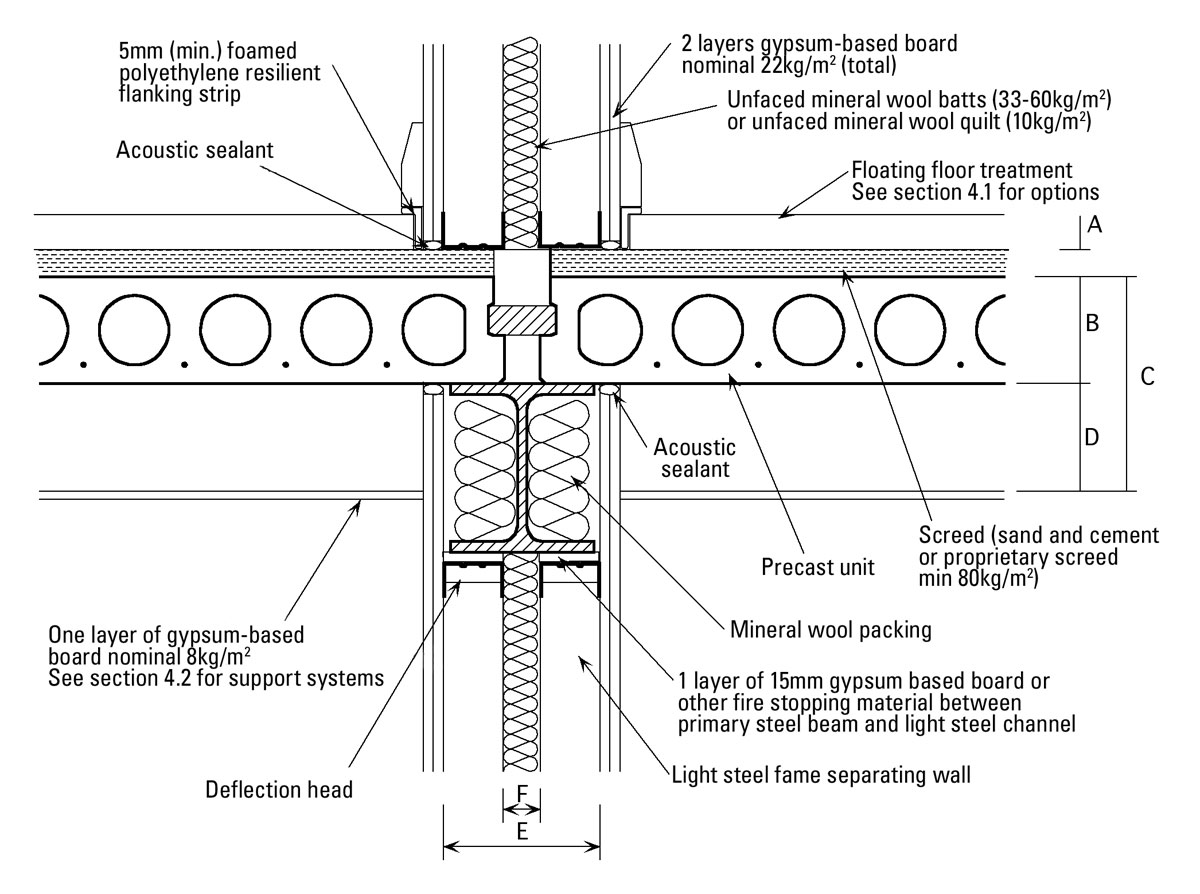Technical
AD 343: Position of reinforcing mesh relative to stud shear connectors in composite slabs
The purpose of this Advisory Desk note is to clarify the requirements for the position of mesh reinforcement relative to stud shear connectors in composite slabs. Traditionally, advice was that it was necessary to position mesh reinforcement below the head of the stud shear connectors to ensure that the design shear resistance of the connectors could be realized(1). However, the mesh reinforcement was often used to limit cracking and also used to provide bending continuity over beams for composite slabs in the fire condition, which required the mesh to be high in the slab to be efficient for these purposes.
BS EN 1994-1-1 clause 6.6.5.1 and Figure 6.14 require the “bottom reinforcement” to lie at least 30 mm below the head of the stud. It has been suggested that this rule is applicable to composite slabs as well as to solid slabs. However, SCI’s view is that this clause should only be applied to solid slabs (without decking), given the reference to bottom reinforcement. It may be seen that Figure 6.14 shows a solid slab with two layers of reinforcement. In the UK, in conventional composite slabs, there is normally only one layer of reinforcement, making the application of the clause to composite slabs inappropriate.
Recent push-out tests on composite slabs with a single layer of mesh above the heads of the studs investigated the strength and ductility of the shear connection in this situation. Based on that research, two recently published NCCI documents, PN001 and PN002 (see www.steel-ncci.org) give advice on shear resistance and minimum degree of shear connection for composite slabs when designing to BS EN 1994-1-1. The NCCI documents state that for single studs there is no reduction in the stud resistance when the mesh is above the stud, but for pairs of studs the resistance is reduced, and reduction factors are given in PN001.
It is therefore considered satisfactory (and better from a buildability point of view) to place the mesh above the studs and use it for both longitudinal shear resistance, and for integrity in the fire design situation, provided that when assessing the shear connection the appropriate reduction factor in PN001 is applied to the value of stud resistance given by BS EN 1994-1-1.
The situation regarding design to BS 5950-3.1 is simpler. Although the revised rules in the amendment to BS 5950-3.1 (to be published in March 2010) show lower values of the reduction factor k in 5.4.7.2 than previously, for both single and pairs of studs, there is no restriction on the position of the mesh. Therefore, the stud resistances calculated to BS 5950-3.1, as modified by the new amendment, are valid for mesh positions up to that for minimum cover (i.e. near the top of the slab).
Contact: J W Rackham
Tel: 01344 636525
Email: advisory@steel-sci.com
References
(1) RACKHAM, J.W, COUCHMAN, G.H and HICKS, S.J
Composite Slabs and Beams Using Steel Decking: Best Practice for Design and Construction, 2nd edition (P300), The Steel Construction Institute and MCRMA, 2009.












